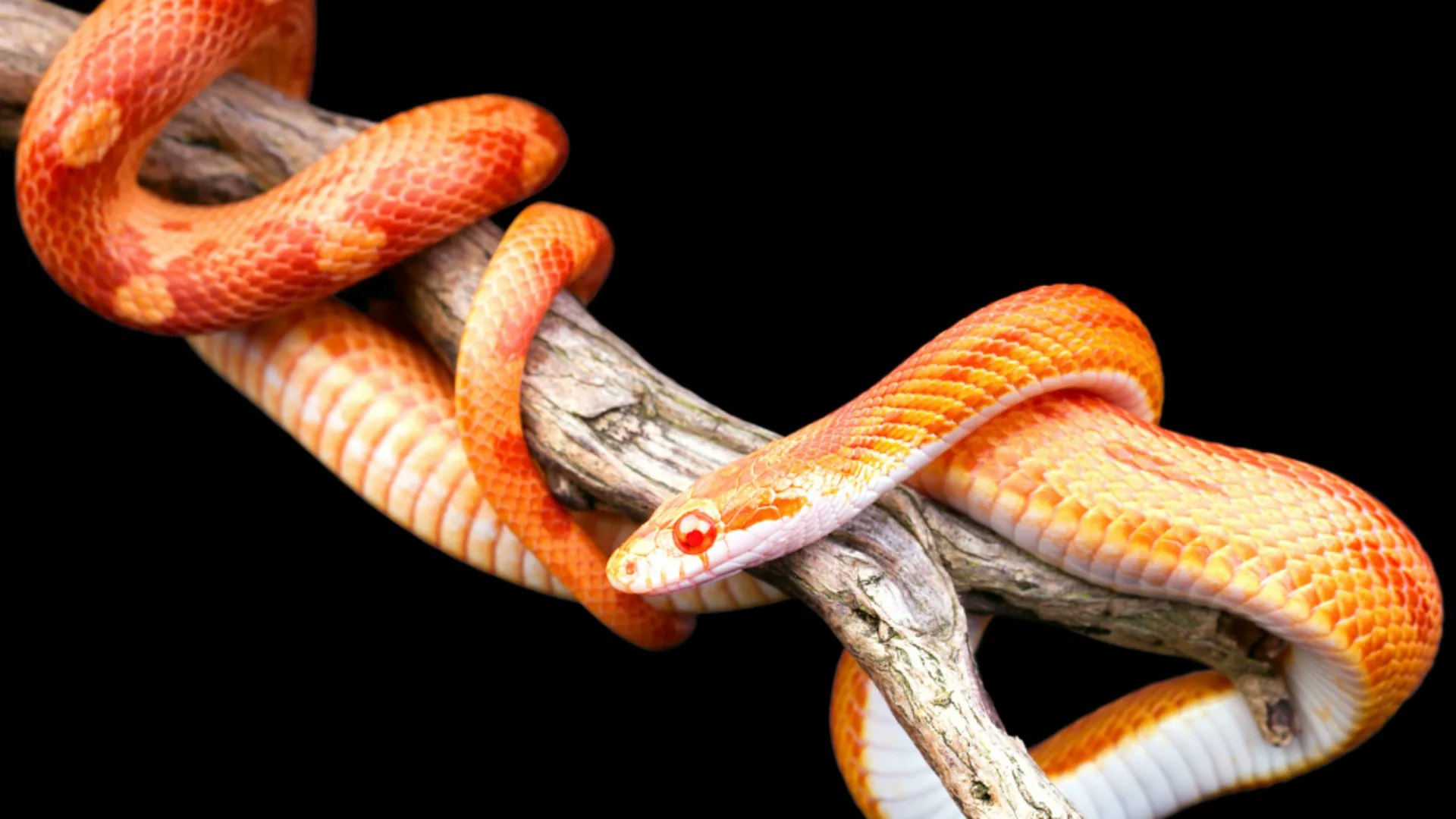World Snake Day

July 16 is World Snake Day: an opportunity to celebrate snakes and raise awareness about their preservation. While snakes are threatened by many of the same issues that affect all wildlife (habitat loss, climate change, and disease), negative attitudes toward snakes may be the biggest barrier to their preservation because it often impedes efforts to address other threats.
8 Interesting Snake Facts
- Only 1/8 of the known species are venomous.
- Their upper and lower jaw separate to allow snakes to consume prey up to three times larger than the diameter of their head.
- Snakes eat their prey whole.
- Most snakes are nocturnal.
- Their tongue is used to smell their air.
- Snakes are cold-blooded, or ectotherms, and must sun themselves to regulate their body temperatures.
- While most snakes lay eggs, some give live birth.
- From anti-tumor treatments to antibacterial properties, snake venom has been studied for medical purposes for many years.
Snaky Trivia
- There are over 3400 species of snakes.
- Snakes are on every continent, except Antarctica.
- There are no native land snakes in Hawaii. The only exceptions are boa constrictors and other pet snakes that were illegally imported into the state.
- Snakes eat insects, rodents, and frogs. Large snakes can even eat small animals like small deer, pigs, monkeys, and small dogs.
- Snakes swallow their food whole.
- The longest snakes are a species of python, which can reach 30 feet in length.
- The heaviest snake, an Anaconda, weighed 550 pounds.
- The smallest snake is just 4 inches long.
- Snakes shed their skin 3-6 times per year.
Did You Know? Earthworms were once believed to be a species of snakes. Gardeners killed every one they found, unaware of the beneficial effect of earthworms in gardens.
